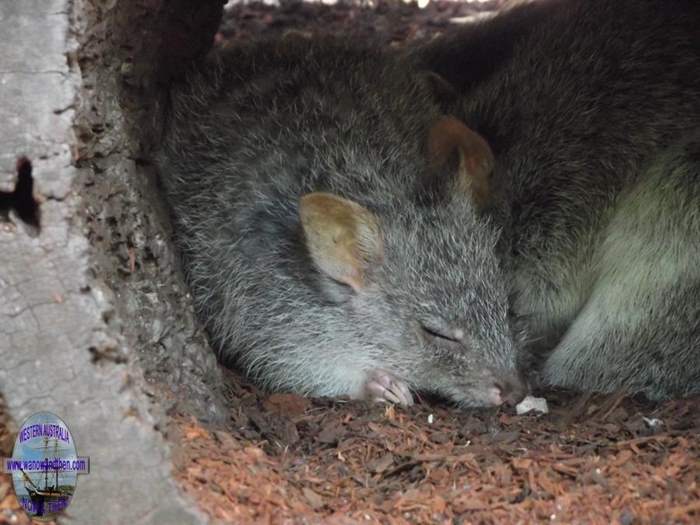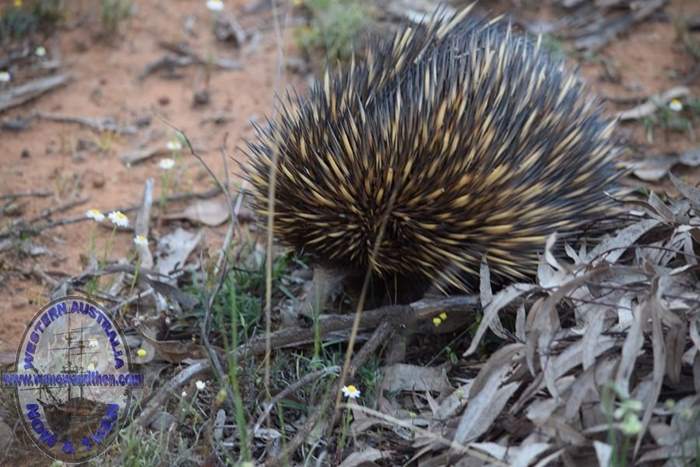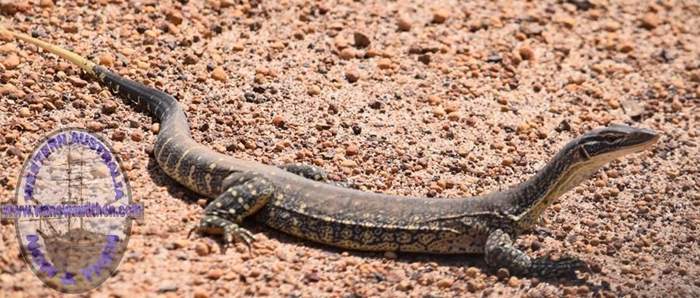|
This is a somewhat scattered reserve comprising of a number of different habitats. In all there are 17 different sections to the woodland covering some 28,000 hectares.
Some of the better known sites in the woodland include, Lol Grey Soak, Contine Hill, Old Mill Dam, Congelin Dam and
the Arboretum. A 23 kilometre drive trail features a number of stopping places with interpretive signage. This drive
is particularly interesting in springtime when fields of flowers are in bloom.
There are now two campgrounds. The older one is Congelin Camp and is located east of the York-Williams Road. The new site is Gnaala Mia and is located on the west
side of York-Williams Rd. Both sites are operated by CALM / DPaW and national park fees and rules apply.
Dryandra Village caters for group bookings in cabins. If you would like to book a cottage please visit the Lions Dryandra Village website.
This is a transition zone between the jarrah forests of the Darling Scarp to the west and the drier wheatbelt to the east.
Types of tree that can be found in the reserves include jarrah, wandoo, powderbark, marri, mallee, rock sheoak and brown mallet. The brown mallet
(eucalyptus astringens) was an important source of income to early settlers as the bark contains a high concentration of tannin, an important ingredient
for the leather tanning industry. The trees were over exploited and in the 1920s steps were taken to protect stands of trees from over harvesting.
Mallet was planted across this area until the 1960s when synthetic chemicals replaced the need for vegetable based products.
The protection of mallet led to sanctuary zones developing for native flora and fauna and today this means that over 800 native plant species can be
found here. Reptiles are plentiful here too with 36 lizard species and 15 snake species located here in various wildlife surveys.
24 of the 46 species of native mammals that inhabit the wheatbelt call Dryandra home as do 98 bird species.
Dryandra is an extremely important habitat for the state's faunal emblem, the numbat. It is thought that more than half the total population live in the
Dryandra woodlands.


It is a little known fact that some types of fungi found in the woodland are important as a food source to native animals like the woylie. These fungi are
spread through animal droppings and it has been discovered that the fungi are important to a number of native plant species as well as they have developed
symbiotic associations. The fungi increase the uptake of plant nutrients that assist with plant health and growth.
The woodlands are one of the best places in W.A. for viewing native wildlife including numbats, wyolie, honey possums, pygmy possums, tammar wallabies,
red tailed phascogales and echidna. A self drive tour can be conducted by tuning your vehicle's radio to 100 FM and listening to commentary in various locations.
Private landowners with property adjacent to the woodlands are encouraged to create bush land corridors that allow animals to migrate between the
remaining stands of bush.
The park also contains Barna Mia, an animal sanctuary where you can see many types of wildlife on guided nocturnal tours. Phone 08 9881 9200 for
more information.
In 1998 a captive breeding facility was established to help re-introduce threatened or locally extinct species to the woodland. Five threatened species
were placed in predator proof enclosures. A visitors centre was also constructed to educate people on the importance of bio-diversity and to allow viewing
of some of the threatened animals.
Visitors are restricted to night-time visits as the animals sleep during the day and every effort is made to provide them with as much peace and quiet as possible.
Woylies, quenda, wurrup or rufous hare foot wallaby, mernine or banded hare wallaby, bilby or dalgyte, marl or western barred bandicoot and boodie or burrowing
betong have all been introduced to Barna Mia.
One visitor to the sanctuary that really is that welcome is the possum. No matter how hard they try, staff can't find a way to stand between possums and free food hand outs.


NPW Website for more information
Best time to visit:
|
Jan
|
Feb
|
Mar
|
Apr
|
May
|
Jun
|
Jul
|
Aug
|
Sep
|
Oct
|
Nov
|
Dec
|
|







